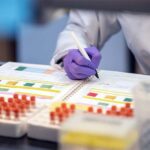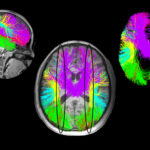A mother’s quest to find a cure for Shwachman-Diamond syndrome
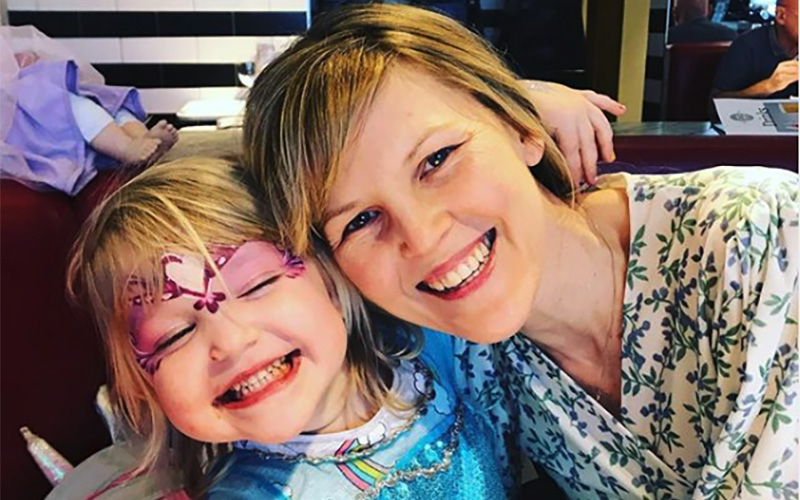
Poppy Inez Hawkins is a born entertainer. Her favorite song is “Fire” by Kasabian. She loves kitchen disco. And she can frequently be found staging performances in the Hawkins-family living room at their home in London, England — free tickets provided and clapping encouraged.
“She talks to everyone and will tell anyone who wants to listen a running commentary of her day,” says her mom Julia Hawkins.
Although tiny for her age, this 4-year-old is full of big ideas, an independent thinker and strong-minded. She has to be. Poppy was born with Shwachman-Diamond syndrome (SDS), a rare hereditary condition that can cause pancreatic insufficiency, skeletal abnormalities, bone marrow failure and leukemia predisposition. SDS is so rare there is no cure, yet her mom is determined to find one.
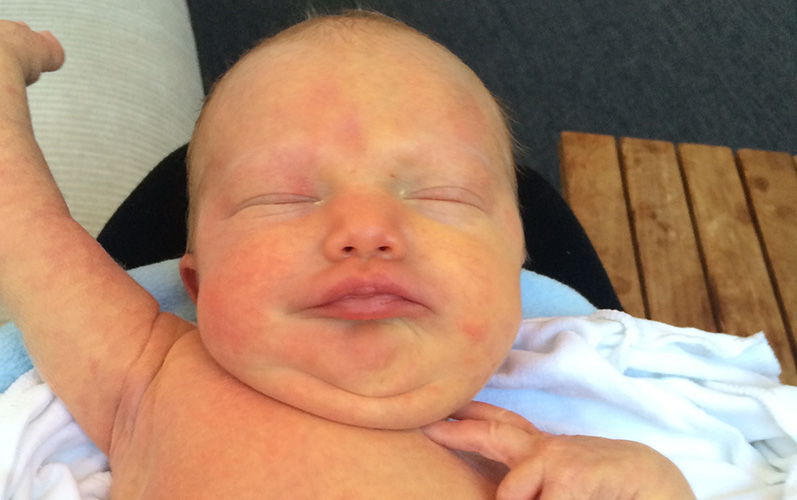
Mother’s intuition
When Poppy arrived into this world four weeks and three days early, weighing just 2.3 kilos (5 pounds and 1 ounce), no warning bells sounded.
“She was very small, but she was also premature,” says Julia. “So, the doctors weren’t overly concerned.”
Yet, call it mother’s intuition, Julia knew something was wrong. For one thing, during her pregnancy, she hadn’t gained much weight, which she thought was odd. In addition, “I had this overwhelming anxiety,” says Julia. “I thought it was partly because I’d been at work the day before, or maybe it was just first-time-parent jitters.”
For the first months of her life, Poppy wasn’t gaining weight and was diagnosed with pancreatic insufficiency, a condition in which the pancreas isn’t producing enough enzymes to break down food. Her doctors suspected cystic fibrosis.
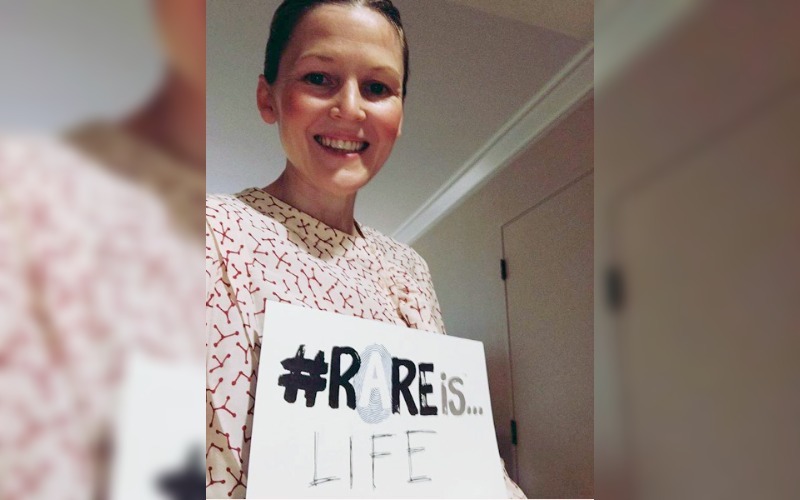
But finally after eight agonizing months of multiple hospital visits and a battery of tests, Poppy was diagnosed with SDS and Julia’s intuition was confirmed. SDS meant Poppy’s blood counts could drop, and she would have an increased risk of developing leukemia. Not willing to accept this possibility, Julia rolled up her sleeves and set to work, doing whatever necessary to accelerate research for this rare condition.
Out of the unknown
Julia will say that living in “the unknown” was the most difficult part of their journey. Once Poppy was diagnosed, a switch was turned on that Julia could not turn off. It propelled her to stop at nothing to save her daughter.
Julia’s experience as a venture capitalist equipped her with the tools to begin building — what she hoped would be — a company or charity from the ground up. She reached out to friends in the biotechnology industry, connected with SDS research experts around the globe, became a trustee of an SDS charity, attended rare disease conferences, and traveled across the continent and the U.S. looking for answers.
“Along the way, I met Claire Booth, who specializes in gene therapy at University College London (UCL). She works very closely with the Boston Children’s Hospital Gene Therapy Program. She said, ‘You need to speak to David Williams to find out what they’re doing in Boston.’”

Turning up the volume on SDS research
Julia and Dr. David Williams, Boston Children’s Hospital chief scientific officer and senior vice-president for research, first connected by email. “I basically wrote, ‘I want to start a company,’” recalls Julia. “‘Can we find some time to speak over the phone?’”
That was 2018. Since then, Julia and Williams have met four times, twice in the U.K. and twice in the U.S.
“It is always amazing and awesome to meet parents with the drive to move the needle in the research arena as it relates to their child’s disease,” says Williams. “The first time I met in person with Julia, I knew she was destined to change the conversation. We are thrilled to work with her and thrilled to have an SDS-focused research and clinical program that someday, we hope will provide a cure for the bone marrow failure that is part of this disease. We owe this research effort to our patients and to Harry Shwachman and Louis Diamond, both giants in our institution’s history.”
Julia also spoke and met with Dr. Akiko Shimamura, who is director of the Bone Marrow Failure and Myelodysplastic Syndrome Program at Dana-Farber/Boston Children’s Cancer and Blood Disorders Center and works closely with Dr. Williams. Dr. Shimamura’s lab is investigating a variety of different approaches to treating SDS, including a novel approach known as base editing in collaboration with Dr. Christian Brendel.
“The leukemias that develop in SDS are particularly difficult to cure,” says Dr. Shimamura. “My lab is working together with many outstanding scientists here at Boston Children’s, Harvard Medical School and elsewhere to raise the low blood counts and to cure — or even prevent — leukemia for individuals with SDS.”
Learn more about how research efforts at Boston Children’s are helping families like Poppy’s
‘I want to be making a difference’
To raise money and awareness, Julia is working on creating a foundation, “It gives me a sense of purpose,” she says. “It’s sort of a coping mechanism.”
Julia’s goal is to raise enough money to support Boston Children’s SDS research efforts, while also funding a second SDS research program at University College London.
“I want to be making a difference. I don’t want to be in a position when Poppy is 20 — or at any point — to be told she is developing leukemia and not to have done everything I could. So, I’m doing everything I can now.”
Learn more about the SDS Registry.
Related Posts :
-

Parsing the promise of inosine for neurogenic bladder
Spinal cord damage — whether from traumatic injury or conditions such as spina bifida — can have a profound impact on bladder ...
-

Thanks to Carter and his family, people are talking about spastic paraplegia
Nine-year-old Carter may be the most devoted — and popular — sports fan in his Connecticut town. “He loves all sports,” ...
-

Unveiling the hidden impact of moyamoya disease: Brain injury without symptoms
Moyamoya disease — a rare, progressive condition that narrows the brain’s blood vessels — leads to an increased risk of stroke ...
-

Unique data revealed just when Mickey’s heart doctors could operate
When Mikolaj “Mickey” Karski’s family traveled from Poland to Boston to get him heart care, they weren’t thinking ...


